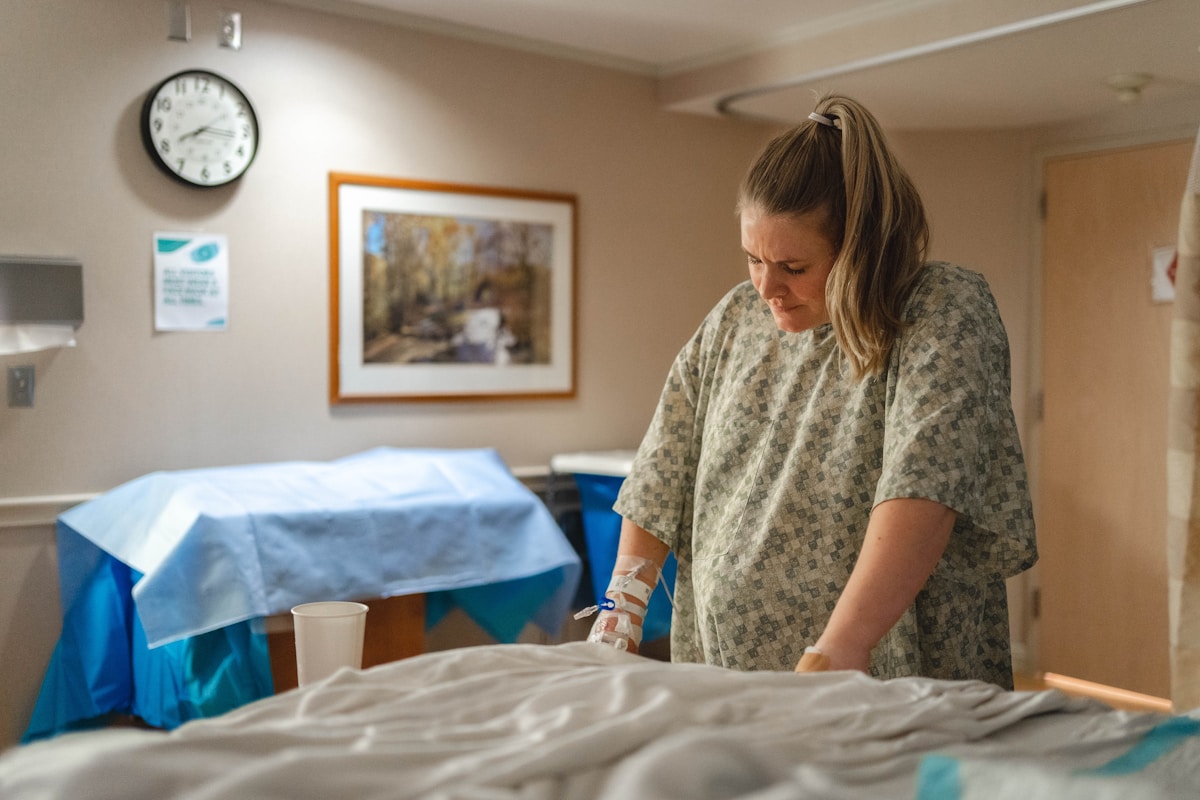Active Birth
Q - What is ‘active birth’?
The active birth movement came about in the early 1980’s in the UK, following a ban on women being allowed to move freely during birth in some hospitals. Women were expected to birth in the lithotomy position; lying on their back on a hospital bed. While this can be a helpful position for observation, there are a variety of reason that it doesn't work well for birthing women or babies.

7 Reasons why an active birth is good for you and your baby:
You’re working with gravity.
Which means you're working with the direction the uterus works in.
Baby's weight can help the cervix dilate, even between contractions
Better circulation to the placenta - baby’s support system until they are born
Put less pressure on pelvic nerves so less pain
When upright there’s space for pelvis to move, making more room for baby
Less pressure on baby’s neck as they travel out
“An Active Birth is nothing new. It is simply a convenient way of describing normal labour and birth and the way a woman behaves when she is following her instincts and the physiological logic of her body. It is a way of saying that she herself is in control of her body while giving birth, rather than the passive recipient of an ‘actively managed’ birth on the part of her attendants.”
“An active birth is instinctive. It involves giving birth quite naturally and spontaneously through your own will and determination, having the complete freedom to use your body as you choose and to follow its urges. Active Birth is an attitude of mind. It involves acceptance and trust in the natural functions and involuntary nature of the birth process, as well as an attitude or appropriate position of body. It is not merely a vaginal extraction or delivery in which you are a passive patient. It is more comfortable, safer and more efficient than a passive ‘confinement'.
- Janet Blaskas

Now for the science-bit:
Essentially what we're talking about here is working with the biomechanics of your body, with gravity, with your baby - and ideally with your instincts.
Q - How does 'active birth' help the physical process?
The reason I love to practice some helpful positions in pregnancy is so that those options are more familiar and natural options open to you in labour. They are in your toolkit. Add to that, that they can help get baby in a more optimal position for birth and ease some prenatal aches and why wouldn't you?
Some of the stuff that is not magic:
A modern active birth
When I think about 'active birth' now it means more than the physicality - although that's still super important, of course.
• upright positions mean baby doesn't have to travel UPWARDS (over your tailbone) to move out
• movements can open up to 30% more space in the pelvis (yes - wow!)
• legs can work a little like 'levers' in the pelvis
• you can be more in control of your birth, moving with what feels right is almost certainly what is right.
It means that choices are active, just as much as physicality.
Optimal decision making as well as optimal positioning when we're looking at birth through a lense of whole self health.

EMILIE JOY ROWELL
- doula, embodied facilitator, movement coach
www.thebodydoula.com